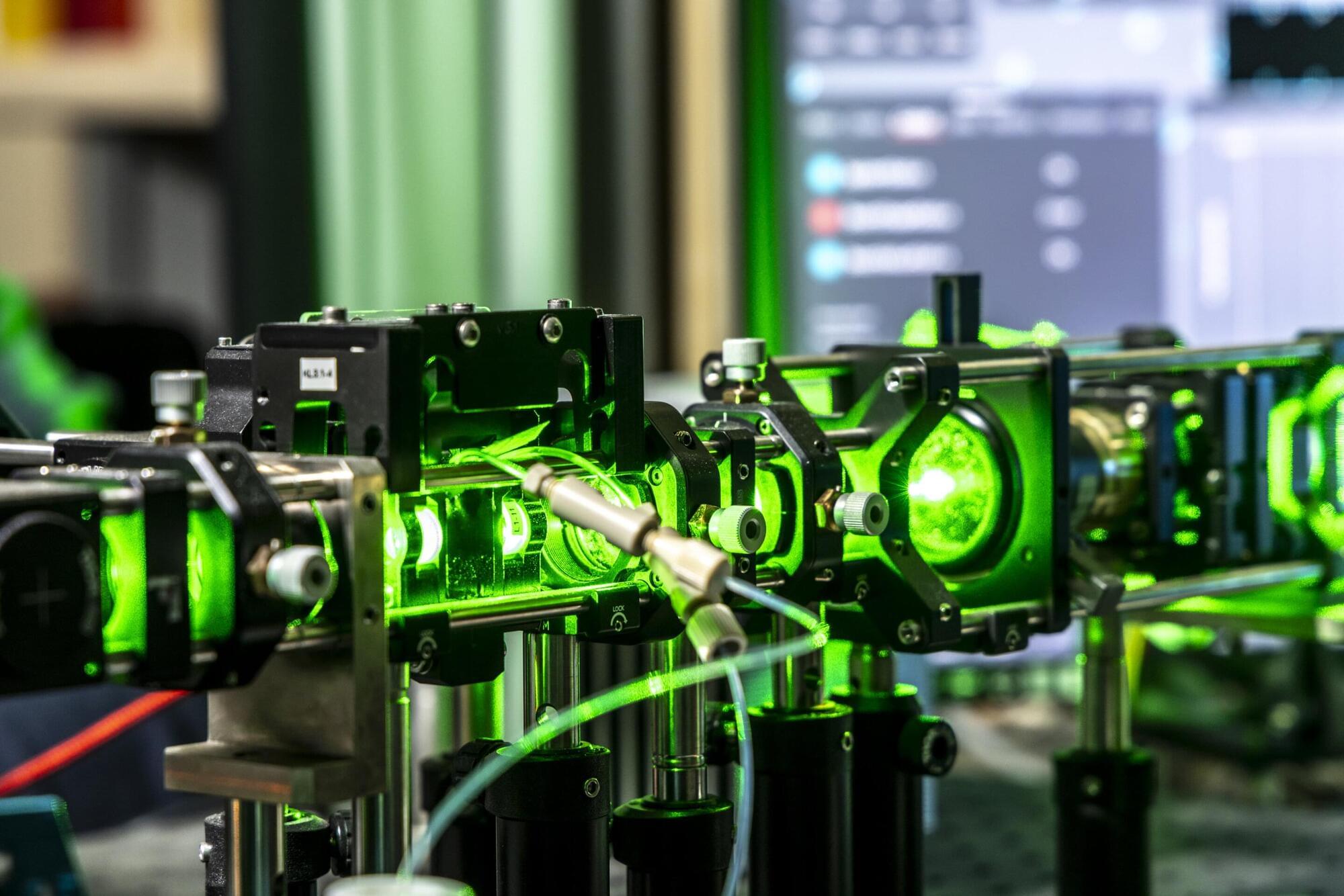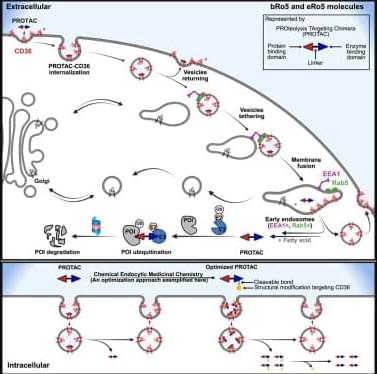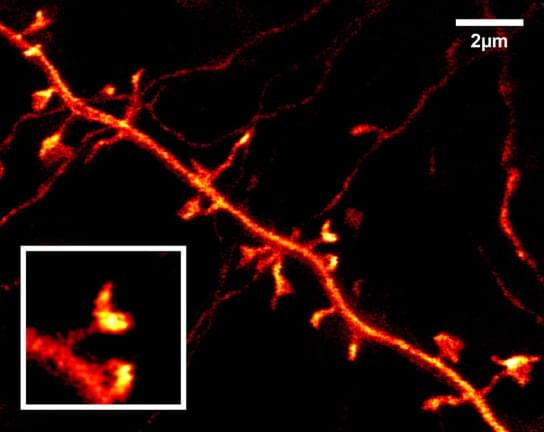Miniature zombies are all around us, scuttling through the underbrush or flying through the air in nearly every continent on Earth. In Brazil, a fungus takes over ant brains, altering their circadian rhythms and social behaviors. In England, a virus forces caterpillars to climb high into the canopy, then slowly liquefies their bodies, which drip onto the leaves below. In Indonesia, a parasitoid wasp uses specialized venom to alter a cockroach’s brain chemistry, turning it into the perfect host for her young.
In her new book, Rise of the Zombie Bugs, self-described professional science nerd Mindy Weisberger introduces readers to a menagerie of mind-controlling parasites, and the scientists who have devoted their lives to the study of these peculiar organisms. Through these vivid tales of creatures bizarre enough to rival any fictional beast, Weisberger offers readers a peek into the fields of evolution, ecology, neuroscience, and molecular biology. She shows that these topics exist beyond dim lecture halls and dry textbooks: “Science is everything and everywhere,” she said.








